THE CURIOUS TALE OF WISTERIA VALE (Kienna Shaw), much like “The Lore of Lurue,” is a fantasy holodeck in book form. But unlike “Lurue,” Shaw’s “Wisteria Vale” is a brilliant success.
What’s the difference?
Beyond a simply higher level of craft and execution, it largely boils down to stakes.
Wisteria Vale is a fake reality being used to imprison a cursed adventurer until such time as the cure can be found.
… which, it turns out, is right now.
The PCs are hired to take the cure into the book, cure the cursed hero, and bring them out again. The PCs then discover that the book has ended up in Candlekeep, and the rest, as they say, is history.
Because the things that happen in Wisteria Vale actually matter, everything about the adventure is heightened and it can give you things to actually care about. And because the PCs are given meaningful agency in the adventure, the stakes of the adventure are placed in meaningful jeopardy and the things the PCs achieve (or fail to achieve) are meaningful (and, therefore, exciting).
In Wisteria Vale itself, of course, the PCs discover that things have gone awry in the pocket dimension/simulation, and they’re confronted with a mystery which alternates freely between the creepy and the surreal as they seek to unravel the Vale’s enigmas.
Shaw does a particularly fantastic job of prepping a situation rather than a plot, giving the GM lots of tools for actively responding to whatever course of action the PCs choose.
Conversely, the players are given a cool little playground where they can run wild to the limits of their imagination.
There are cool places, cool characters, and cool events.
It’s just cool.
Grade: A
THE BOOK OF INNER ALCHEMY (Daniel Kwan) features the Order of the Immortal Lotus, a school of martial artists under the instruction of Master Bak Mei who have fled from eastern lands and established a temple in the Cloakwood near Candlekeep. The adventure begins when Bak Mei sends several of his monks to break into Candlekeep and steal several pages from The Book of Inner Alchemy which contain instructions for making a legendary ki-stealing magic item called the gloves of soul catching.
The break-in goes awry, however, and although the monks escape with the pages, they leave several dead Avowed in their wake. Candlekeep hires the PCs to track down the killers.
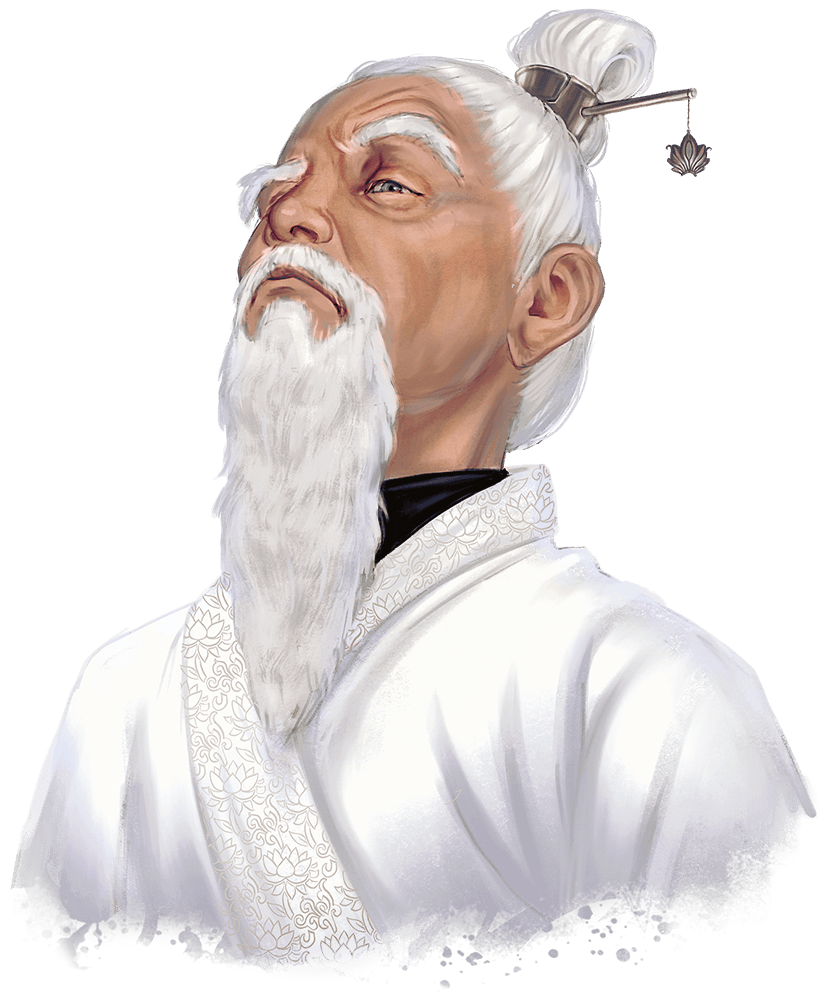 The atmosphere of the adventure seems very much intended to evoke the kung fu flicks of the 1970’s, including the cheesy, badly translated dialogue:
The atmosphere of the adventure seems very much intended to evoke the kung fu flicks of the 1970’s, including the cheesy, badly translated dialogue:
- “Do you really think you can defeat my Immortal Lotus style? You were mere worms slithering through the mud on a rainy day. I am the bird, here to feast!”
- “Before you get a chance to fight Bak Mei, you’ll have to deal with me—Steel Claw!”
- “My Immortal Lotus style was supposed to be… unbeatable!” <dies>
Overall, the adventure is fairly threadbare, but quite serviceable. There are some things to nitpick (the central premise is that somebody decided to hide a book that must never be read by shelving it in the correct section of the most famous library in the world), but the only serious problem I see here is that the PCs are not positioned as the protagonists. The story just kind of happens to them.
Here’s a simple example, which is perhaps also the most clearly egregious, from the initial murder investigation:
A character who examines the bodies and succeeds on a DC 13 Intelligence (Investigation) check discovers a torn piece of white cloth clutched in the fist of one victim. The scrap of fabric is emblazoned with a white lotus inside a black circle. The Avowed recognize this as the symbol of the Order of the Immortal Lotus, a league of monks led by a master martial artist known as Bak Mei.
Ignore the bit where the PCs need to make a skill check to find the one-and-only clue that allows the adventure to happen (Kwan deals with that shortly thereafter by just having an Avowed find the clue for the PCs) and focus on what happens after the PCs find the clue: Instead of being put in a spotlight (making an Intelligence check to identify the symbol themselves or being allowed to research it while standing in a giant library), the PCs are automatically shunted to one side so that an NPC can solve the mystery for them.
It’s a small thing, but there’s a lot of small stuff like this through the whole adventure. And it drags the whole thing down.
Grade: C-
THE CANOPIC BEING (Jennifer Kretchmer) has an absolutely fantastic hook. The PCs arrive in Candlekeep to do some research and, shortly thereafter, are summoned to meet with Great Reader A’lai Aivenmore, who shows them a copy of The Canopic Being. This ancient tome contains incredibly dangerous rituals that allow a mummy lord to place its organs, normally sealed within canopic jars, into living hosts.
The ultimate chapter details how Valin Sarnaster, an honored oracle of Savras, has studied the work and intends to follow its instruction and ascend as a mummy lord. The final page contains a list of the living victims in which Valin will place his organs.
The last names on the list?
The PCs.
This is one of those hooks that’s so good that it more or less demands that you run the adventure. And the rest of the adventure follows through on its promise.
The PCs track Valin back to his tomb. Here Kretchmer designs an absolutely stunning dungeon featuring an incredible array of unique divination-themed encounters. It’s magical and amazing and creepy, offering a dungeon experience that’s not only solid in its fundamentals, but delightful and memorable in its execution. Things are further fleshed out with a tight cast of memorable NPCs, with everything eventually culminating in a stunning set-piece battle with Valin in the mummy lord’s zero-g demesne.
As a high-level adventure (targeted at 13th level PCs), Kretchmer does an absolutely fabulous job of lacing advice throughout the entire adventure on how it can be tightly integrated into an ongoing campaign — through foreshadowing ahead of time; by planting lore from your wider campaign within the adventure; and with a thoughtful breakdown of how the aftermath of the adventure might play out over time.
This adventure is a rare gem.
Grade: A
THE SCRIVENER’S TALE (Brandes Stoddard) features an incredibly creepy cursed book which is also the prison for the Princess of the Shadow Glass, a powerful and evil archfey. After accidentally triggering the curse, the PCs need to backtrack the book, discover the true history of the Princess of the Shadow Glass, and eventually figure out how to free (and then defeat) her. All the while, the Princess herself will be in telepathic communication with them, hoping to make them her allies.
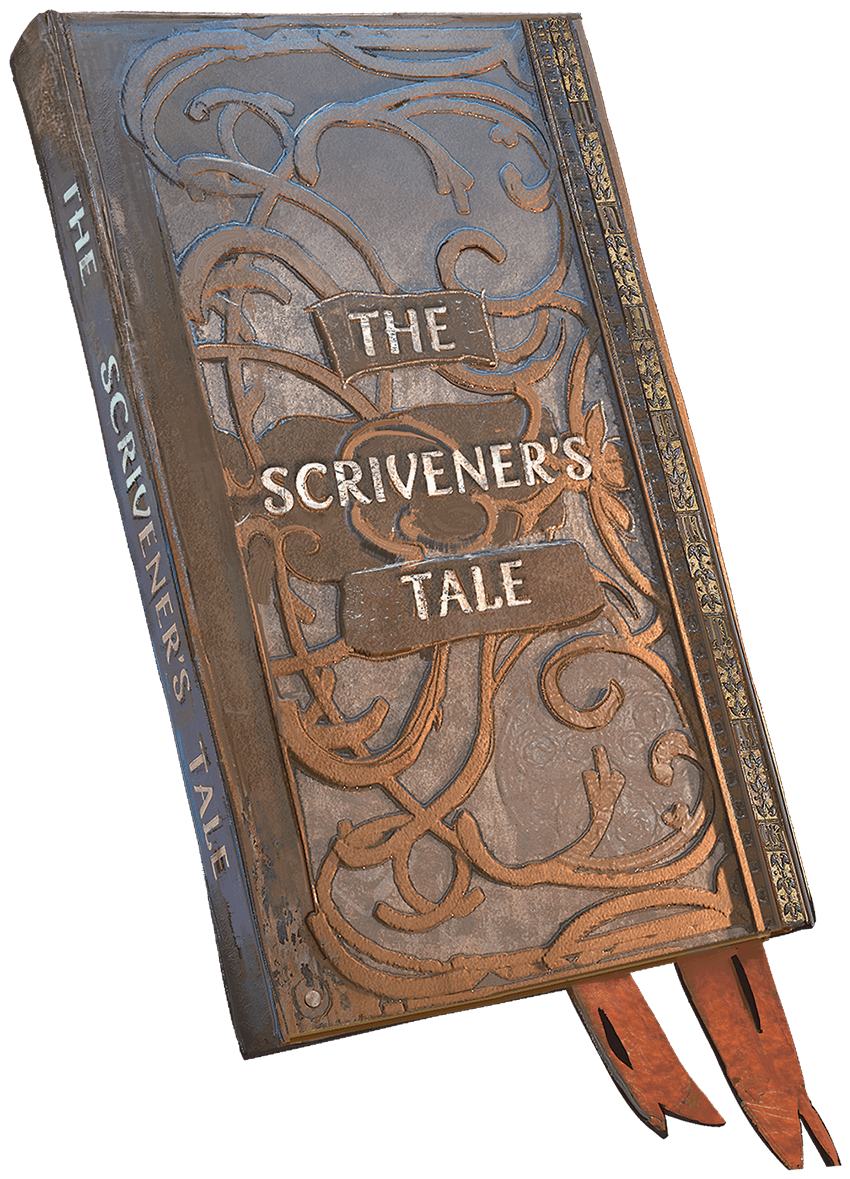 The adventure is solid throughout and does a very admirable job of capturing an epic scope (it’s designed for 14th level characters) while only having a handful of pages to work with. My one critique is that it would benefit significantly from a clearer and more concise summary of the Princess’ history for the DM.
The adventure is solid throughout and does a very admirable job of capturing an epic scope (it’s designed for 14th level characters) while only having a handful of pages to work with. My one critique is that it would benefit significantly from a clearer and more concise summary of the Princess’ history for the DM.
The adventure’s shining achievement, however, is the curse of the Scrivener’s Mark. Stoddard has put a lot of careful thought and care into its design, and the results have paid off: The curse is progressive, slowly growing in dread as its effects grow worse and the tell-tale Elvish script which slowly begins to cover the victim’s entire body, until it finally consumes them and turns them into a statue made of solid, smoky glass.
This is made particularly clever, however, because Stoddard has designed each stage of the curse to have both a drawback AND a benefit. These start with simple things — the character stops casting a shadow and begins speaking strange languages they’ve never known before — but then grow steadily worse and more powerful as the character’s nature is drawn into that of the Princess of the Shadow Glass. The curse is thus flavorful and terrifying in its looming doom, but not something that the players will simply resent.
It’s complicated and beautiful… much like the Princess.
Grade: C+
ALKAZAAR’S APPENDIX (Adam Lee) features the fabulous stories of Alkazaar’s Thrilling Tales… and also a small appendix detailing the one adventure Alkazaar was never able to complete. If the PCs take the hook, they’ll be able to follow Alkazaar’s directions and locate the Lost Golem who has been seeking its master for centuries.
What seems like a fairly charming fairy tale, however, suddenly rolls back to reveal a fantasy epic: The golem’s master was a king who enacted a mighty spell to seal away the Nether Scroll of Azumar and keep it from the rapacious grasp of an evil wyrm. The king remains trapped within the seal, the wyrm has transformed itself into a dracolich, and the PCs are about to get right in the middle of the ancient feud.
“Alkazaar’s Appendix” is a fun adventure. It’s a little fragile in parts (requiring alliances with specific NPCs at specific points for the adventure to continue), has a few hiccups (like intermittently forgetting that the PCs’ guides exist), and a few missed opportunities (the picture-portal used to go to the golem should be a functional puzzle the players can solve and not just something that “requires 1 hour of study” and then the DM tells you what you did). But I would comfortably describe this as “eminently playable.”
And the emotionally resonant ending — where, if all goes well, there is a heart-touching reunion between golem and master (and, if not, other emotions to be had) — adds significant flair, in my opinion. Lee grounds the adventure in characters and human drama, which elevates the material above a procedural hack ‘n slash.
Grade: C+
XANTHORIA (Toni Winslow-Brill) features Xanthoria, a druid who became obsessed with immortality and has transformed into a lichen lich. This central concept of the undead remnants of a druid clinging to existence through a perverted symbiosis-turned-parasitism with the natural world is really cool and well worth pilfering.
Unfortunately, the associated adventure is a bit naff.
The opening is very awkward, and I’ll let the adventure speak for itself (through its opening boxed text):
A fungal plague is ravaging the Sword Coast, spreading quickly from one settlement to the next. Although magic has proven effective at ridding individuals of the spore infection, the plague is spreading too quickly to contain. Creatures that become infected fall ill with a fever and sprout disgusting, gooey, fungal growths before losing their autonomy, acting like zombies. They also release spores that infect other beasts and humanoids. Eventually, the plague reduces all infected creatures and foodstuffs to puddles of ooze.
Humanoids infected with the plague drone the word “Xanthoria” over and over for no discernible reason before death finally claims them. You have determined that there’s a book by that name contained in the library-fortress of Candlekeep. With luck, the book holds information that might help you end the saprophytic plague before it wipes out every village, town, and city in Faerûn.
As you dig into the mechanics of the plague, you’ll discover that it is, in fact, truly horrific:
- Anyone within 10 feet of a plague victim must make a DC 20 Constitution saving throw or become infected, forcing additional DC 20 saving throws until they die.
- If you’ve had the disease, you’re immune… for 24 hours. Then you can get sick again.
- It also infects (and can be spread by) animals.
- It infects food and crops, which are automatically destroyed within a day and can also spread the plague.
So avoiding infection is basically impossible, more than half of the population is going to die the first time they catch it, and most of the rest will follow shortly thereafter. I’d say this is literally a biblical plague, but it’s actually much, much worse than that and even if people DO survive, it’s going to be followed by a famine of almost unfathomable proportions.
This is literally the Apocalypse. Even if the PCs manage to destroy Xanthoria and end the plague, the Sword Coast will have already been destroyed.
But here’s the thing: You can’t blow up an entire setting and then “fix” it in 15 pages, for the same reason that The Lord of the Rings isn’t a short story.
In an adventure like this, the set up for the Apocalypse has to be so scant (as demonstrated in practice by the boxed text above) that it’s impossible to set the stakes and have the players take the situation seriously. And even if you put in the legwork of setting up the saprophytic plague, adding all the pre-“Xanthoria” scenes of apocalyptic horror as the plague spreads, and then structuring things so that the PCs actually discover the existence of the book at Candlekeep (instead of just being told that they do)… you’re still faced with the impossible task of satisfactorily resolving the entire Apocalypse of the Sword Coast in a one-shot.
So “Xanthoria” is fatally flawed from the beginning.
Okay. So let’s say you scrap that entire premise and reframe things: The plague has broken out in a single city and it is so utterly horrific that the consequences if it’s allowed to spread are clear. The PCs are in a race to prevent the Apocalypse, and they’re following a lead to Candlekeep. (Let’s say that, once the plague victims start droning “Xanthoria,” a local bookseller remembers selling a unique book of that title to a scholar who said they were going to use it to gain entrance to Candlekeep. The person who brought the book to the bookseller is already dead of the plague.)
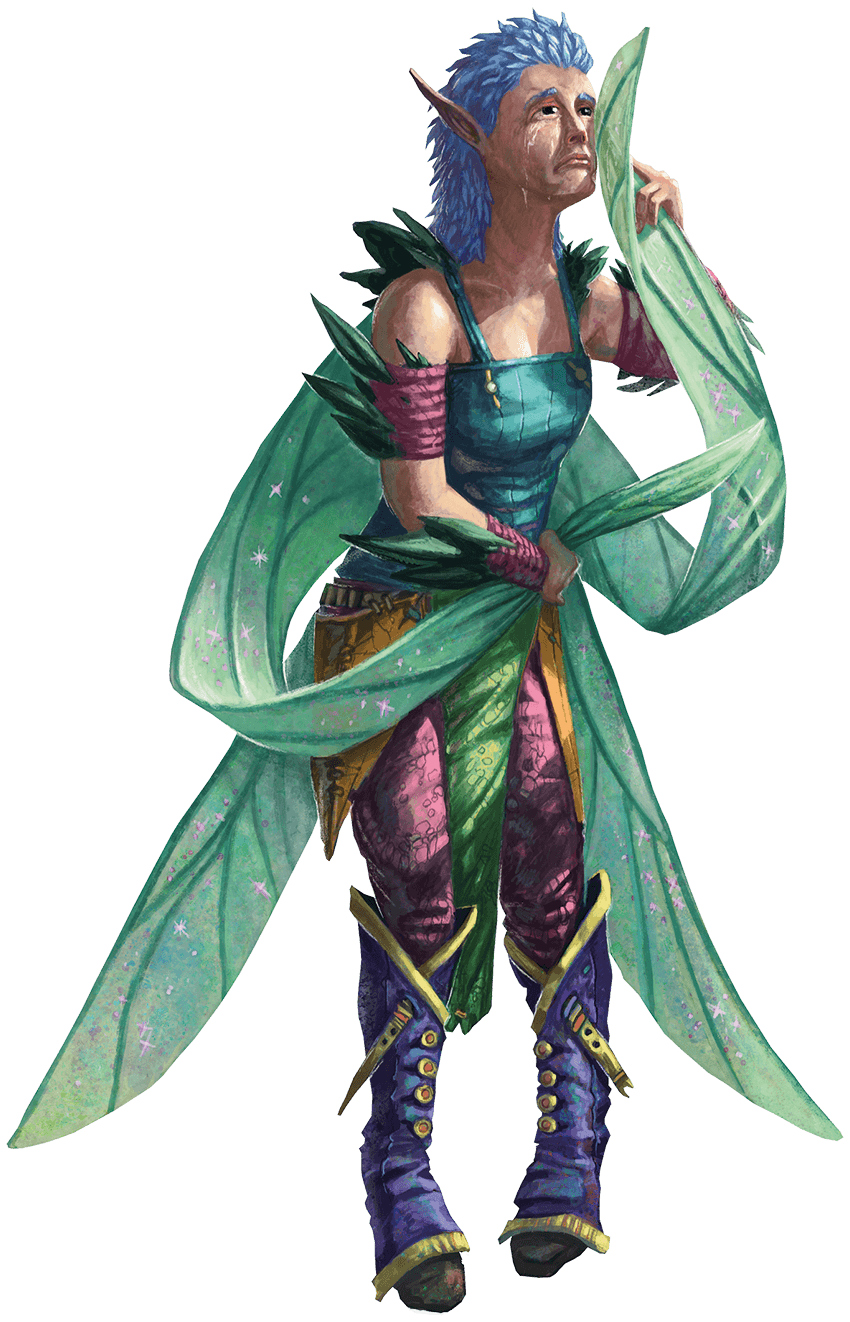 Is the adventure itself any good?
Is the adventure itself any good?
I’d say it’s serviceable, but rather mediocre. It’s saddled with a twee, amnesiac NPC who turns out to be Xanthoria’s living phylactery, so the only way to actually solve the adventure is to “convince Thunderwing to give up her life” with a Charisma check. (For some reason just stabbing her is never even mentioned as an option.) This is supposed to be very, very, very, very sad… but is only moderately so because the PCs met her like three seconds ago and not-at-all so because these are 16th-level characters and they can just cast raise dead. Except they can’t because, if they could, it wouldn’t be “sad.” (No other reason is given.)
The adventure itself is a little dungeon with eleven rooms. The key for these rooms feature a lot of cool descriptions of fungus and some moderately creepy fungoid experiments being carried out by Xanthoria that also let the PCs slowly discover the tale of her fall… if they hadn’t already read about it in the titular book. The lore here is atmospheric, but the combat encounters seem perfunctory and aren’t balanced correctly for a 16th-level party. Similarly, some efforts are taken to nerf the abilities of 16th level characters that would trivialize the challenges presented, but even if I thought this was a wise effort, I don’t think it’s a successful one. (If you use the adventure, I would aim for a lower PC level and tweak things accordingly. It would be significantly less work than the more drastic alterations required for the reverse.)
Grade: D
CONCLUSION
What I’m personally looking for in an adventure anthology (or any anthology, really) is just a good selection of stuff I like. Some of the best anthologies I’ve ever read only have a hit rate of like 80%. I’m not expecting every single entry to be good (or suited for my tastes if it is). I can ignore the stuff I don’t like. There just needs to be enough of the stuff that I do like.
In some cases, just one truly phenomenal entry can make an entire anthology worthwhile.
With that in mind, let’s briefly survey the scenario grades:
| Joy of Extradimensional Spaces | B- |
| Mazfroth's Mighty Digressions | B |
| Book of Ravens | F |
| A Deep and Creeping Darkness | A |
| Shemshime's Bedtime Rhyme | D- |
| Price of Beauty | B |
| Book of Cylinders | F |
| Sarah of Yellowcrest Manor | A |
| Lore of Lurue | F |
| Kandlekeep Dekonstruktion | C |
| Zikran's Zephyrean Tome | A |
| The Curious Tale of Wisteria Vale | A |
| The Book of Inner Alchemy | C- |
| The Canopic Being | A |
| The Scrivener's Tale | C+ |
| Alkazaar's Appendix | C+ |
| Xanthoria | D |
Anything with an A or B grade is an adventure I would definitely run. Stuff with a C grade I’m more skeptical of, but are likely salvageable if you particularly like the concept or content.
So out of seventeen adventure we have:
- 8 that I would definitely run;
- 4 that could be salvaged; and
- 5 that I think are a complete miss.
That, by itself, is not quite hitting “greatest anthology of all time” levels, but it’s a very good anthology. If you break that down, it works out to about $4 per really good scenario and that feels like a no-brainer to me.
But to this must be added that two of these scenarios — “A Deep and Creeping Darkness” and “The Canopic Being” — aren’t just good scenarios, in my opinion, they’re truly great scenarios. Honestly, even if everything else in the anthology were utterly unusable, I’d probably still recommend it just on the strength of those two adventures.
So the only mystery left to Candlekeep Mysteries at this point is why you haven’t bought it yet.
Style: 4
Substance: 5
Project Lead: Christopher Perkins
Writing: Graeme Barber, Bill Benham, Kelly Lynne D’Angelo, Alison Huang, Mark Hulmes, Jennifer Kretchmer, Daniel Kwan, Adam Lee, Ari Levitch, Chris Lindsay, Sarah Madsen, Christopher Perkins, Michael Polkinghorn, Taymoor Rehman, Hannah Rose, Derek Ruiz, Kienna Shaw, Brandes Stoddard, Amy Vorpahl, Toni Winslow-Brill
Rules Development: Jeremy Crawford, Dan Dillon, Ben Petrisor, Taymoor Rehman
Publisher: Wizards of the Coast
Cost: $49.95
Page Count: 224
FURTHER READING
Random GM Tip: Running Portals
Review: Candlekeep Companion

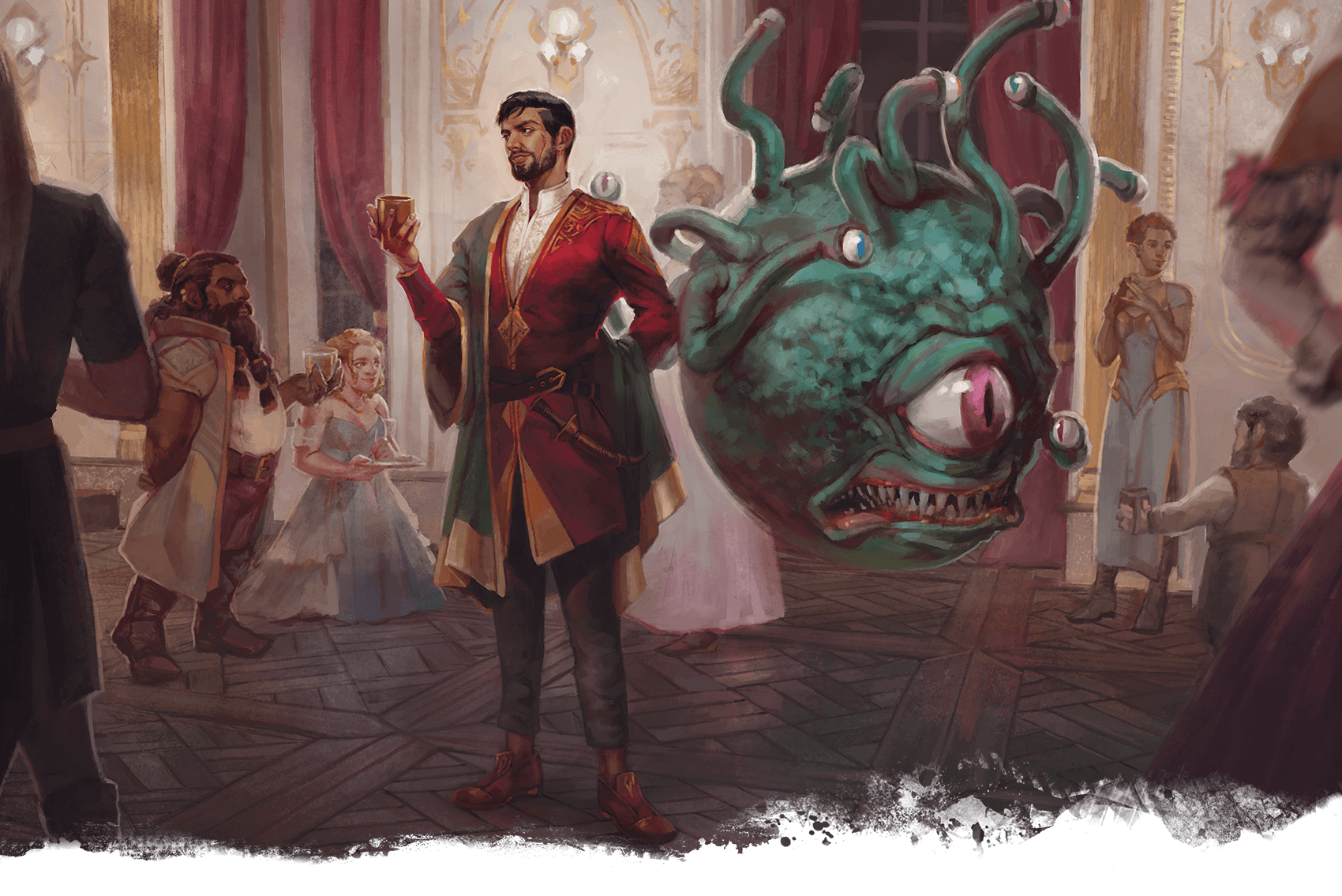
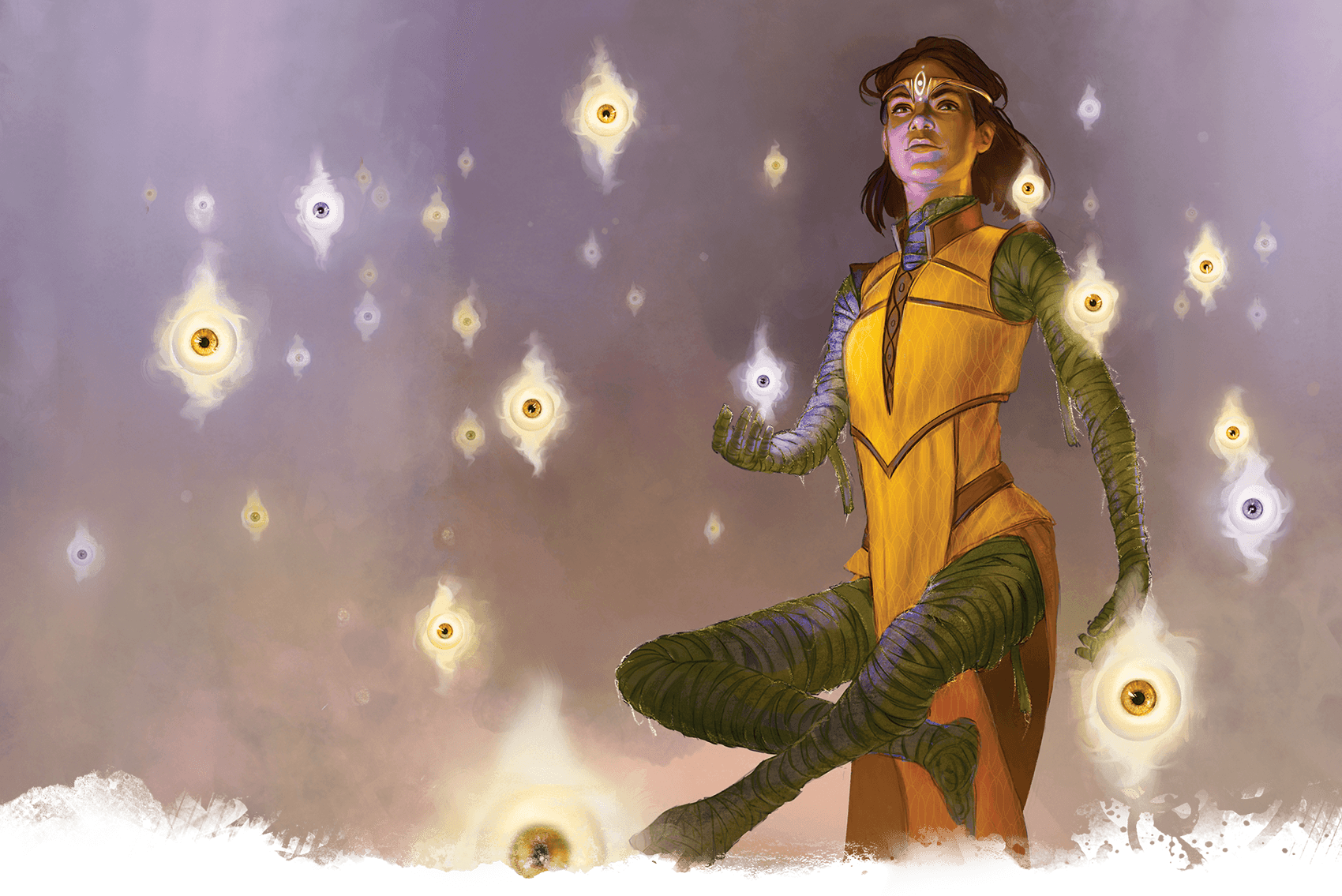
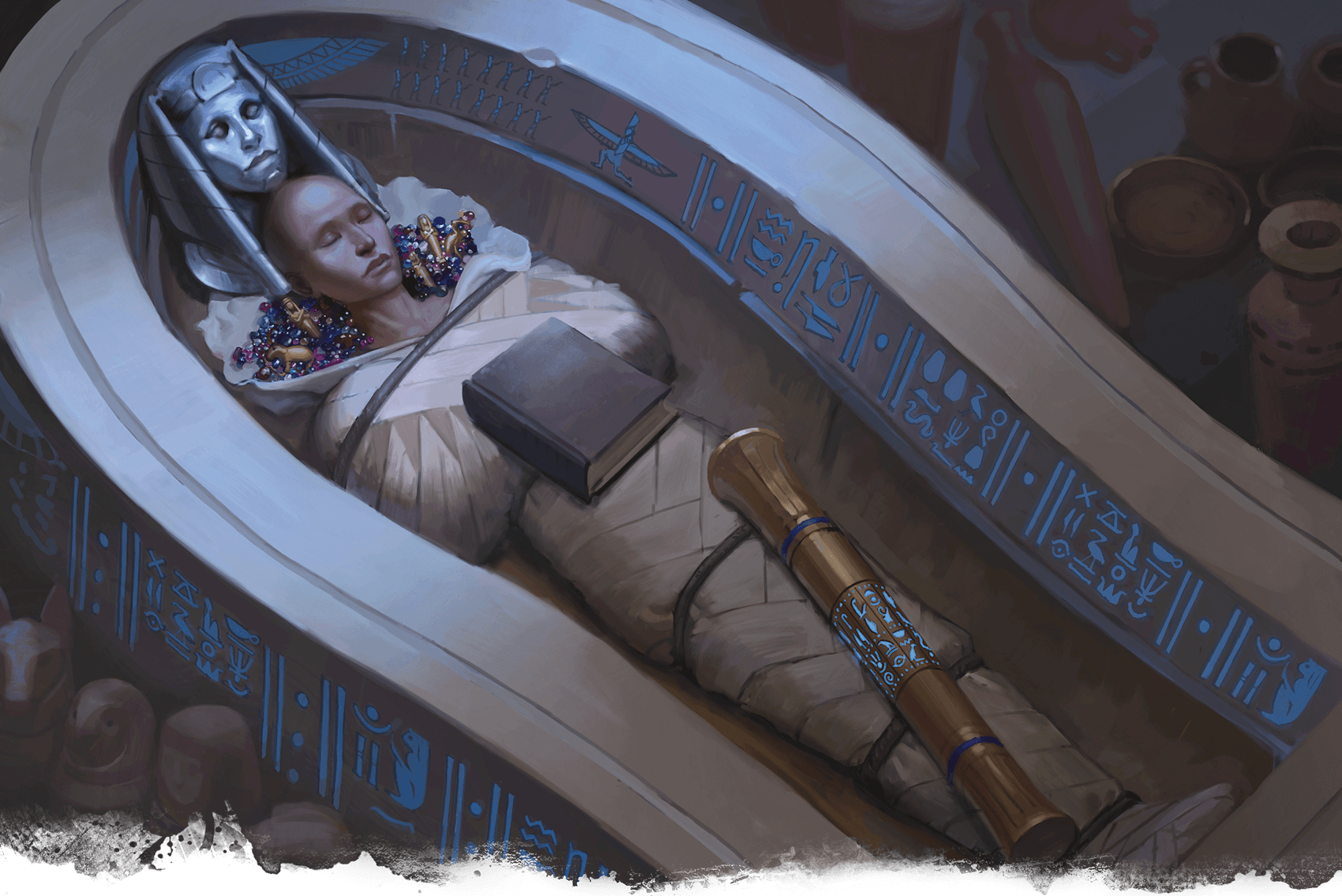











“The Book of Inner Alchemy” certainly isn’t one of the worst adventures in the book, but I found it almost offensively boring. Go to a forest and duke it out with four identical groups of monks. That’s it, that’s the adventure. The other thing I found disappointing is that Daniel Kwan is famous for savagely criticizing perceived Orientalist stereotypes of the AD&D Oriental Adventures and Kara-Tur sourcebooks. But when given the opportunity to write his own adventure, he comes up with a bland 1970s kung fu movie pastiche, which is basically the exact same thing that inspired OA. I guess was hoping for something new and refreshing given his outspoken criticism of D&D’s prior efforts at East Asia-inspired adventures.
I liked Alkazaar’s Appendix, but I’m not sure it really follows the continuity of the changes to Anauroch in 4e and 5e (the current desert only being about four years old). But I guess we are all taking the “We don’t talk about the Spellplague” approach these days.
Xanthoria was also disappointing. I’m a bit fan of D&D fungus adventures in all their forms – mushroom forests, myconoids, all of it. Zuggtmoy has fascinated me since I read The Temple of Elemental Evil around age 12. So I was biased to like this adventure, but I agree with all the flaws you’ve identified. The plague is just *too* lethal, and the adventure has a railroaded ending that forces the players to convince an innocent little sprite to kill herself. Hmm. “Edgy.”
I do wonder if if there were too many adventures in this book focusing on magical contagions. I count three (Shemshime’s Bedtime Rhyme, The Scrivener’s Tale, and Xanthoria). Must be something in the zeitgeist. 😀
So what do you consider a shortlist of “greatest anthologies of all time”? It seems to be a dead or dying genre at the moment but I always love leafing through them.
A little curious why “The Scrivener’s Tale” got a relatively low grade despite the text of the review sounding almost entirely positive. Especially compared to “Alkazaar’s Appendix” right after which you sounded more critical of but gave the same total score.
@Jesse
Thats actually hilarious that the author criticized other adventures of being stereotypical, and then goes on to write one of the most boring and stereotypical adventures ever.
It amazes me that WotC can even after all this time put out a product that is looked over by editors and playtesters but can still have rookie mistakes like “if you fail a single DC13 Investigation check the adventure is over”
@Jesse
I’m left to wonder if Daniel Kwan got subjected to the same editorial undermining that Graeme Barber was. It is, after all, abundantly clear to me that WotC thinks “depicting minorities” just means literally having pictures of them…
As a playtester off and on, my observations are that WotC are only really interested in minor tweaks, like are the encounters balanced ok, minor stuff. Rarely do we have enough time, our end or theirs, to change much. They certainly don’t treat playtesters as editors i.e. we can say bits suck and need rework, but they almost never take that on board, no doubt as it’s too late. Now exceptions do exist eg they reworked the start of ToA, but not necessarily in a great way that solved the major problem (noob pcs sent from home to far flung island to save the world). I think that’s their overall problem, adventure/campaign/book direction and editing is all over the place, so results are always hit and miss.
@PuzzleSecretary: Yes, it’s hard to know how much the other adventures were altered in editing. We can certainly see some traces of things being changed, such as in Lore of Lurue where the text references legendary actions that the corrupted unicorn stat block doesn’t actually have. Daniel Kwan did interview in the press buildup for Candlekeep Mysteries and said that he had some back-and-forth with the artists who did the illustrations for his adventure. He didn’t complain about any severe editing at that point, nor has he after the fact, as far as I’m aware.